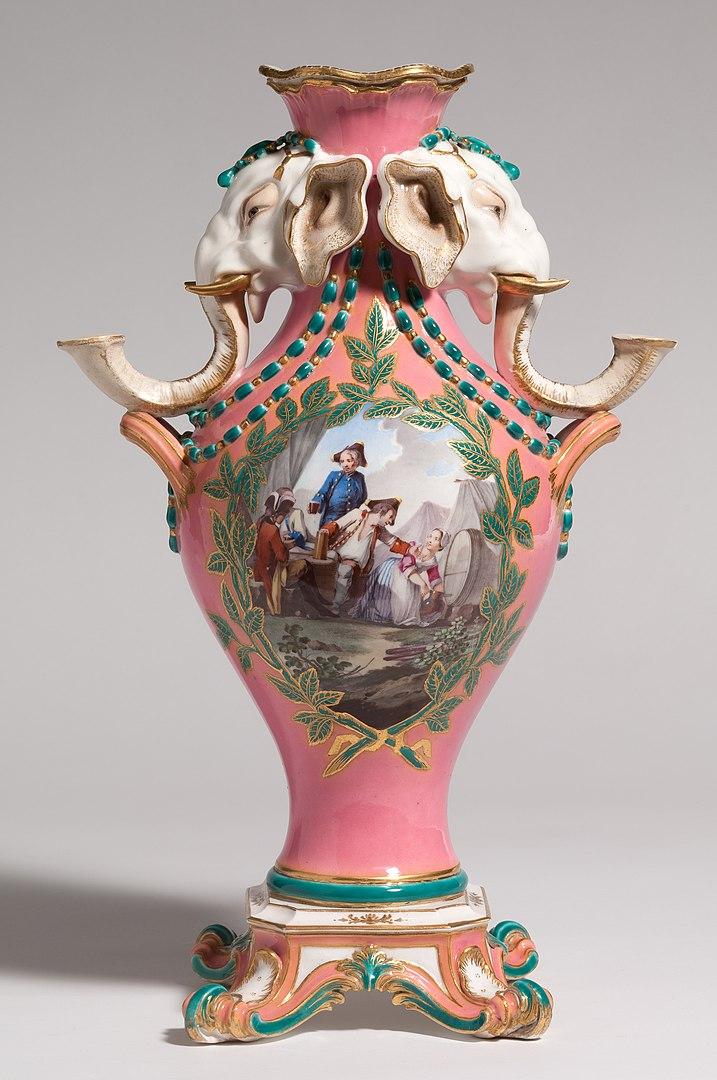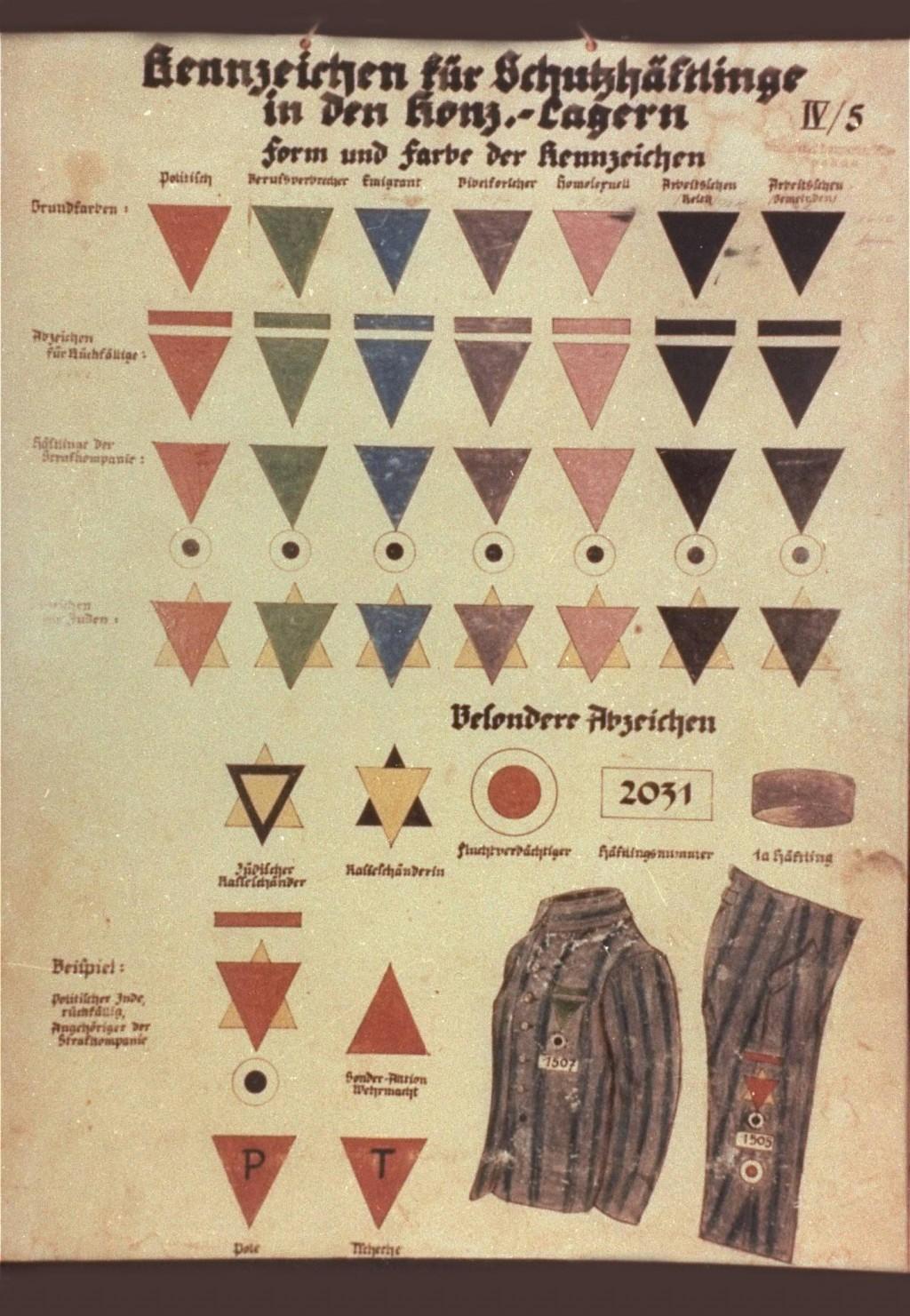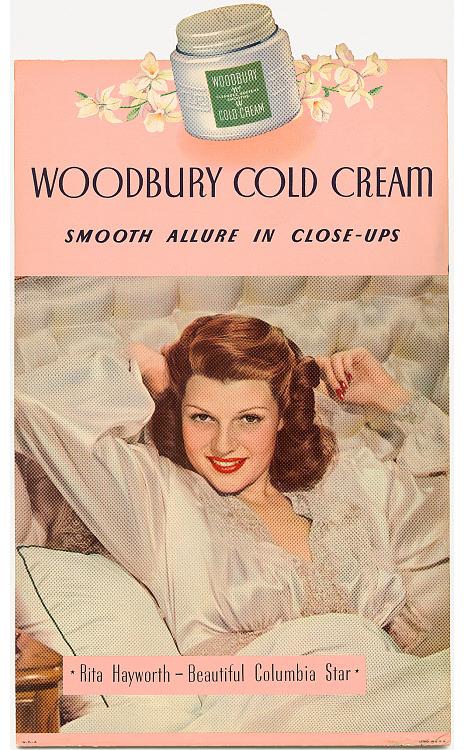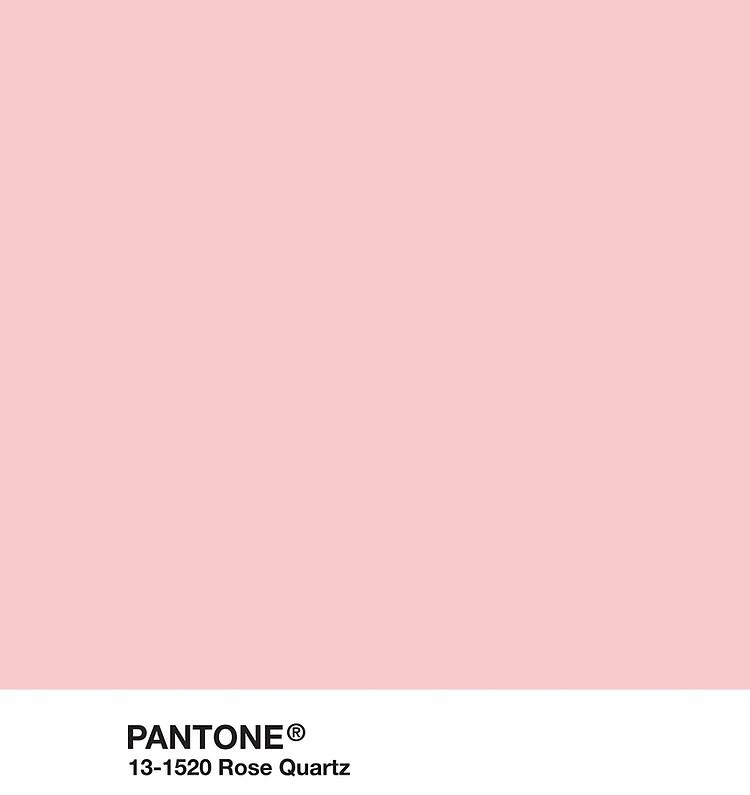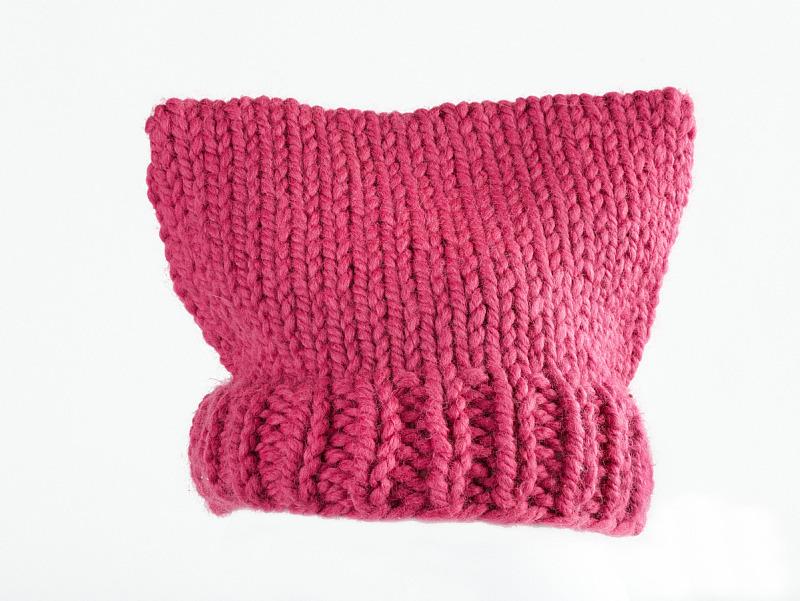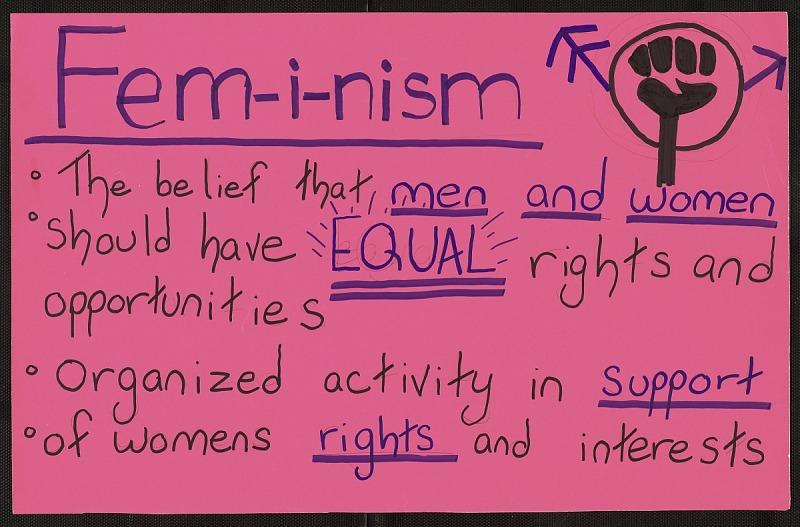In a 1927 issue, Time Magazine printed a survey of several U.S. stores on gender-appropriate colors. The results were nearly split, with 60 percent ascribing pink to boys. During this period, it was not unusual for fashion and department store editorials to run stories on colors and how they should be used. Some described pink as a shade of red, arguing it was fundamentally masculine and therefore best suited for baby boys—especially when the only other option is blue, a gentle color and symbol of virginity. Other publications recommended blue-eyed babies be swaddled in blue because it is flattering and still others proclaimed brunettes looked best in pink.
While no conclusive reason for the shift has been settled upon by historians, there are a few interesting historical events that might have played a role in the change or, at the very least, helped shape our modern understanding and use of the color.





